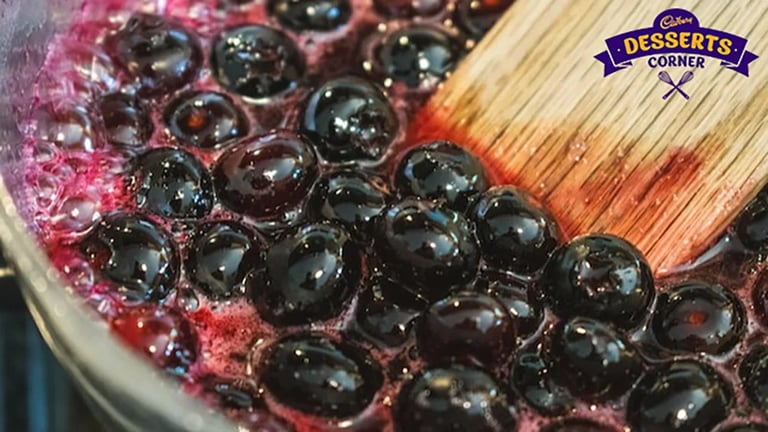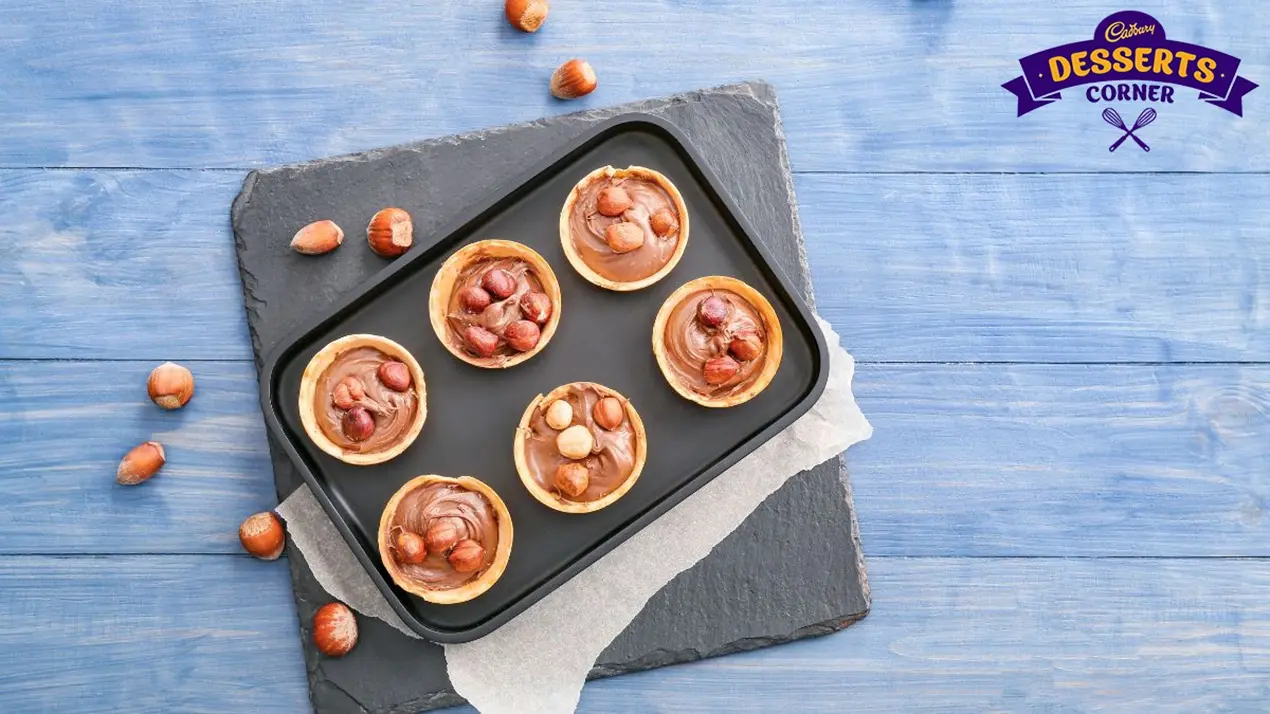Fruit compotes can elevate any dessert, from cheesecakes to scones and even French toasts! Here’s how to master a fruit compote

Fruit compotes can elevate any dessert, from cheesecakes to scones and even French toasts! Here’s how to master a fruit compote
A fruit compote can add a boost of flavor to any crumbly dessert or any confection that has a crust or needs balancing. Compote is French for mixture; it’s a chunky sauce featuring bits of jammy fruit. It amps up the natural sweetness and flavors of fresh or dried fruits through a simple cooking process and is usually used as a topping or a glaze for cheesecakes, custards, scones, French toasts etc.
A typical fruit compote consists of a variety of fruits, such as berries, stone fruits, apples, or pears, combined with sugar, and often enhanced with spices, citrus, or other flavorings.

Fruit compotes are usually made by simmering the fruits, sugar, and other flavoring agents together until the fruits soften, release their juices, and the mixture achieves a syrupy consistency. Compotes can be cooked on the stovetop over low to medium heat, allowing the fruits to gently cook; the addition of sugar not only sweetens the compote but also draws out the natural juices of the fruits which makes the compote more syrupy. Some recipes may call for a minimal amount of sugar, allowing the inherent sweetness of the fruits to shine, while others might include a bit more for a sweeter profile.
Which Fruits Should Be Used For Compotes?
Since fruits can differ in texture, water content, and flavor profiles, not all fruits are suitable for compotes. Some fruits may break down too much during cooking, while others might not release enough juices to create a desirable syrup. Most berries like strawberries, blueberries, raspberries, and blackberries are excellent choices. They release juices, add vibrant color, and offer a burst of flavor to compotes.
Stone Fruits like peaches, plums, apricots, and cherries also work well. They have a good balance of sweetness and acidity and contribute a succulent texture. Apples hold up well in compotes, since they offer a firm texture and absorb flavors from other ingredients. Pears, depending on the variety, can offer a smooth and buttery texture. They add sweetness without being overly cloying.
What Not To Do
Some fruits should be avoided for compotes; melons, for instance, have a high water content and may not hold up well in a compote. Bananas can become mushy during cooking and may not result in a silky compote. Citrus fruits can also become bitter if cooked for too long and should be avoided for compotes.

Simmering the compote for too long can result in overly soft fruits and a thick, jam-like Cook the compote just until the fruits are tender, and the liquid has formed a syrup. Overcooking can also lead to a loss of vibrant colors and fresh flavors. On the other hand, undercooking prevents fruit from softening. Cutting fruits into uneven sizes can also lead to inconsistent cooking times and textures in the compote. Here’s a basic compote recipe for you to try at home!
Ingredients:
- 4 cups mixed fruits (berries, stone fruits, apples, pears), chopped into bite-sized pieces
- 1/4 to 1/2 cup granulated sugar (adjust based on the sweetness of the fruits)
- 1 tablespoon lemon juice
- Zest of one lemon
- 1 teaspoon vanilla extract (optional)
- Pinch of cinnamon (optional)
Method:
- Wash, peel and chop the fruits into bite-sized pieces. If using berries, you can leave them whole. In a medium-sized saucepan, combine the chopped fruits, sugar, lemon juice, and lemon zest.
- Place the saucepan over medium heat and bring the mixture to a gentle simmer. Stir occasionally to ensure even cooking.
- Allow the fruits to simmer for about 10-15 minutes or until they are tender, and the mixture has thickened slightly.
- Taste the compote and adjust the sweetness or add more lemon juice if necessary. Remember that the compote will taste slightly less sweet when cooled.
- Remove the saucepan from the heat and let the compote cool to room temperature. It will continue to thicken as it cools.
- Once cooled, you can serve the compote immediately or transfer it to a jar or airtight container and refrigerate. The compote can be stored in the refrigerator for up to a week.
Like This Article?
More Like This




Popular Articles





Trending Web Stories
Curated Recipes


















